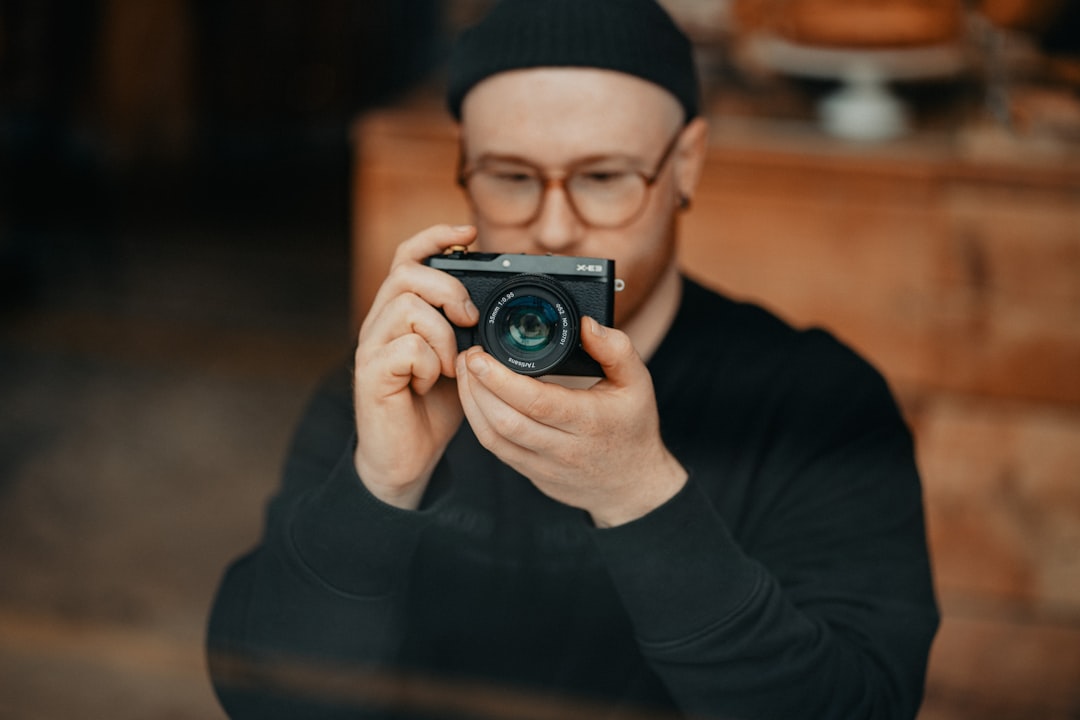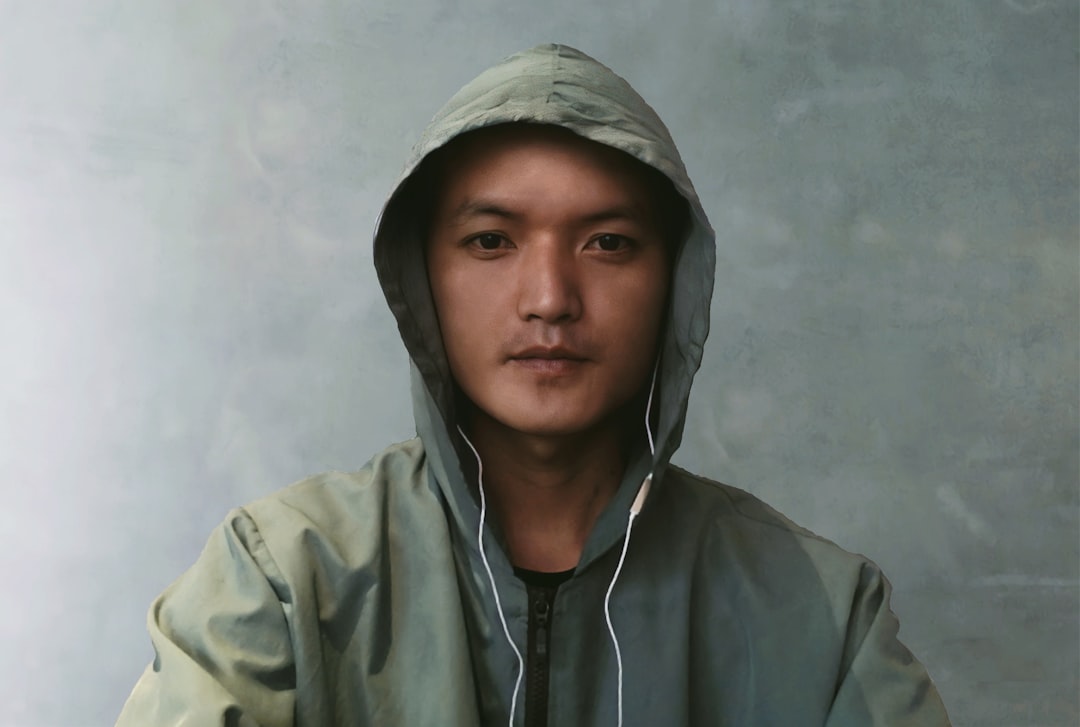AI Photo Editing for Portraits Separating Hype from Reality in 2025
AI Photo Editing for Portraits Separating Hype from Reality in 2025 - Current capabilities of AI portrait editors
As of mid-2025, AI tools for editing portraits have become considerably more advanced, offering features that genuinely speed up workflow. Current widely available capabilities include automated skin smoothing and blemish removal, alongside often nuanced adjustments to lighting and color that attempt to optimize each image individually. Beyond simple corrections, editors are now incorporating more creative functions such as realistic background alterations or generating entirely new settings, expanding what's possible after the shot is taken. Many systems also allow photographers to apply or even create AI styles that mimic specific artistic approaches, offering a shortcut to consistent looks. While the power and speed are undeniable, and can indeed help achieve a polished look rapidly, a significant point of caution remains around authenticity. Depending too heavily on these algorithms can sometimes lead to an artificial or over-processed appearance, potentially losing the subtle character and genuine feel of the original portrait. Therefore, despite the impressive technical leaps, maintaining a critical human eye on the output is key.
Based on current observations of AI portrait editing systems in June 2025, here are a few insights into their technical capabilities:
1. Many advanced AI editors now employ techniques that build or infer a rudimentary 3D understanding of the face directly from a flat 2D image. This geometric model allows the system to simulate changes to lighting direction after the fact, attempting to replicate how shadows and highlights would fall under different virtual studio light setups, although accuracy can vary with complex poses or extreme angles.
2. Sophisticated generative models have improved significantly in synthesizing or enhancing fine details. They can convincingly add or refine textures like skin pores and individual hair strands, moving past the artificially smooth or 'plastic' look that plagued earlier automated retouching, though sometimes introducing subtle, unrealistic regularities.
3. Training on massive datasets has given some AI models a robust ability to recognize and reconstruct facial topography. This enables them to make educated guesses about hidden or unclear parts of a face in images with occlusions or lower resolution, inferring plausible structure based on learned patterns, though this is an estimation and not a recovery of true data.
4. For bulk processing, AI tools can analyze a set of reference edits or even a single target image and apply learned stylistic profiles. They can then distribute these complex editing parameters with notable consistency across large batches of photos of different individuals, streamlining workflows for volume tasks like corporate headshots, albeit potentially sacrificing individual nuance for uniformity.
5. AI systems are capable of making subtle, parameterized adjustments to elements influencing expression, such as small changes to eye direction or mouth curvature. The goal is often to enhance perceived engagement or warmth without creating an obviously manipulated or 'deepfake'-like result, a delicate process where preserving the subject's unique likeness is constantly being refined.
AI Photo Editing for Portraits Separating Hype from Reality in 2025 - Impact on editing time and session costs
The integration of artificial intelligence is significantly altering the time required for portrait post-production and, by extension, can impact the cost associated with photography sessions. By taking over many of the repetitive and technical aspects of the editing process, these systems allow photographers to complete the work much faster than relying solely on manual techniques. This newfound efficiency can lead to shorter turnaround times for clients or enable photographers to process a greater volume of work, potentially influencing pricing models or freeing up time for other aspects of their business. However, this acceleration driven by automation introduces a relevant consideration: the potential trade-off between speed and the subtle, human-driven artistry that gives each portrait its unique character, raising questions about how to maintain a distinct vision when algorithms perform a substantial portion of the enhancement.
Here are a few observations on the impact AI has had on the practical aspects of editing time and session costs in portrait photography as of late June 2025:
1. While the algorithms significantly reduce the processing duration per image for routine tasks, integrating these AI systems into an existing workflow, customizing them to a specific aesthetic preference, and managing the necessary calibration and updates can introduce a considerable overhead, initially requiring more time investment than anticipated.
2. The time saved on repetitive edits isn't always purely freed up; a substantial portion is frequently reallocated to a rigorous quality control phase. Human review and correction are still crucial to mitigate subtle AI-induced artifacts, ensure consistency, and prevent the output from looking overly artificial or deviating from the intended look, essentially shifting the bottleneck rather than eliminating it.
3. For studios handling high volumes, the potential labor cost reduction from automation can be partially or entirely offset by the significant recurring expenditure on sophisticated AI software subscriptions and the cyclical need for more powerful computing hardware capable of efficiently running these complex models.
4. The sheer speed with which consistent, processed images can now be generated is demonstrably shifting operational models for some photographers, particularly in areas like corporate headshots or large events, enabling them to handle considerably larger quantities of work and offer packages structured around this enhanced throughput.
5. Beyond simply reducing costs or enabling higher volume, the capacity to consistently deliver a technically polished product very rapidly allows some portrait photographers to position their services as a premium offering, potentially enabling an increase in session fees based on the perceived value of efficiency and consistent high quality.
AI Photo Editing for Portraits Separating Hype from Reality in 2025 - Navigating creative control with automated tools
As automated tools become increasingly integrated into portrait post-production workflows in mid-2025, a central tension emerges concerning the photographer's creative control. While these AI systems are undeniably powerful in automating repetitive tasks, the nuanced artistic vision that defines a photographer's unique style faces a new kind of challenge. The speed and consistency offered by algorithms are compelling, yet they can also risk steering results towards a generic or overly processed aesthetic if not carefully managed. Photographers are finding that maintaining their personal touch requires actively guiding or, at times, overriding the AI's suggestions, rather than simply accepting the automated output. This necessitates a shift in focus, moving from granular manual adjustments to a higher-level direction of the AI's capabilities. The question isn't merely about using the tools, but about whether the tools truly serve the artist's intent or subtly impose their own statistical interpretation of an ideal image, demanding a critical eye to ensure the final portrait retains its character and authenticity amidst the convenience of automation.
Here are a few observations from a researcher's perspective on navigating creative control when working with automated portrait editing tools as of late June 2025:
1. Instead of simply applying generalized presets, some advanced systems now allow photographers to calibrate their AI models using sets of their own previously edited images. This process essentially fine-tunes the algorithms' parameters to approximate a very specific personal aesthetic, moving towards a bespoke automated assistant rather than just a generic filter.
2. A persistent challenge lies in effectively communicating nuanced subjective artistic intent to algorithms that operate based on recognizing statistical patterns and data correlations. Achieving precise creative outcomes often requires a non-intuitive process of trial-and-error, manipulating input parameters within the AI's data-driven framework to approximate a desired look or feel.
3. Generative capabilities are enabling a significant shift in how compositional decisions can be made. Tools capable of synthesizing new image information based on context, such as extending backgrounds or adding elements, offer a degree of creative freedom post-capture that can challenge traditional photographic principles about getting everything "right in camera."
4. The increasing perceived reliability of certain automated corrections is beginning to influence decisions made *during* the photographic session. Some photographers may feel more comfortable accepting minor technical imperfections during capture, knowing these can be reliably addressed algorithmically in post-production, potentially shifting creative focus towards fleeting expressions or complex posing.
5. Paradoxically, maintaining a genuinely distinct artistic voice when using AI often requires actively counteracting the algorithms' inherent tendency towards statistical optimization and uniformity. The human touch is frequently necessary to reintroduce subtle, deliberate 'imperfections' or variations that prevent the output from looking too consistently polished or generic, preserving individual character.
AI Photo Editing for Portraits Separating Hype from Reality in 2025 - Discussions around authenticity in AI enhanced images
Discussions surrounding the authenticity of images enhanced with artificial intelligence have intensified significantly by mid-2025. Particularly in portraiture, where the subject's likeness and the original photographic moment are paramount, the capabilities of AI editing tools now allow for alterations so sophisticated that the line between captured reality and digital fabrication is becoming increasingly indistinguishable. This raises pointed questions not just about whether an image *looks* real, but about the fundamental truthfulness of the visual representation. The ethical considerations extend to issues of transparency regarding AI usage – whether viewers can genuinely understand the extent of algorithmic intervention. The drive towards technically 'perfect' or idealized results via AI can inadvertently compromise the unique character of a portrait and the integrity of the photographer's initial vision, fostering a conversation about what 'authentic' even means in this rapidly evolving landscape and the challenges of detecting artificial manipulation.
From a research perspective looking at how AI-altered portraits are perceived and discussed in mid-2025, several points stand out regarding authenticity:
Tools are now generating visuals adept at eluding detection, complicating efforts to automatically verify if an image has been substantially modified or created by AI, a growing challenge for systems designed to flag artificial content.
There's evidence suggesting cumulative exposure to AI-refined facial imagery might be subtly conditioning how people perceive "normal" or attractive appearances, raising questions about a potential drift towards statistically defined ideals over natural variation rather than celebrating genuine human likeness.
A significant ethical conversation continues within professional circles concerning the necessity for clear labeling or disclosure when AI has been used to a non-trivial degree in portraiture, especially where realistic depiction is expected, like in corporate visuals or identity representations.
Paradoxically, a notable area of active research involves training AI systems not just for perfection, but specifically to synthesize or retain subtle, irregular human traits – minor asymmetries, unique skin textures – in an effort to make the enhanced results feel more genuinely 'real' to an observer, essentially simulating authenticity.
It's become apparent that inherent biases within the massive training datasets fed to AI models can inadvertently shape what the algorithm defines as an 'optimal' or desirable facial characteristic, potentially leading to outputs that subtly promote homogeneity or disadvantage features less represented in the data, impacting whose likeness is deemed 'enhancable'.
More Posts from kahma.io:
- → The Democratization of Personalized AI Portraiture
- →The Hidden Costs of Not Having a LinkedIn Profile Picture A 2024 Analysis
- →7 Simple Tips for Taking Professional Headshots with Your Smartphone Camera
- →7 Overlooked Tips for a Flattering Professional Headshot
- → Get a Professional Headshot Without the Studio
- → Headshot Struggles? AI to the Rescue for Your LinkedIn Profile Pic

